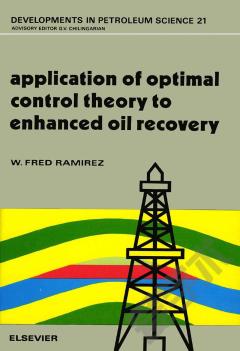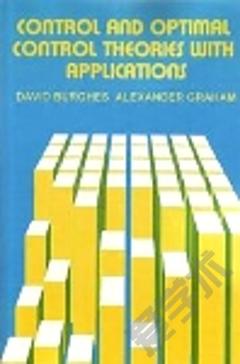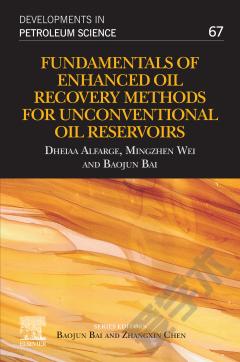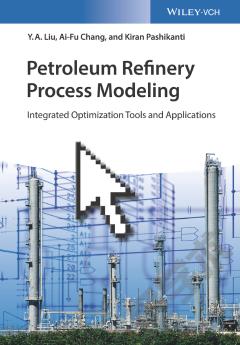Application of Optimal Control Theory to Enhanced Oil Recovery
In recent years, enhanced oil recovery techniques have received much attention in the oil industry. Enhanced oil recovery methods can be divided into three major categories: thermal processes which include steam flooding, steam stimulation, and in-situ combustion; chemical processes which include surfactant-polymer injection, polymer flooding, and caustic flooding; and miscible displacement processes which include miscible hydrocarbon displacement, carbon dioxide injection of large amounts of rather expensive fluids into oil bearing reservoir formations. Commercial application of any enhanced oil recovery process relies upon economic projections that show a decent return on the investment. Because of high chemical costs, it is important to optimize enhanced oil recovery processes to provide the greatest recovery at the lowest chemical injection cost.The aim of this book is to develop an optimal control theory for the determination of operating strategies that maximize the economic attractiveness of enhanced oil recovery processes. The determination of optimal control histories or operating strategies is one of the key elements in the successful usage of new enhanced oil recovery techniques. The information contained in the book will therefore be both interesting and useful to all those working in petroleum engineering, petroleum management and chemical engineering.
{{comment.content}}








 京公网安备 11010802027623号
京公网安备 11010802027623号